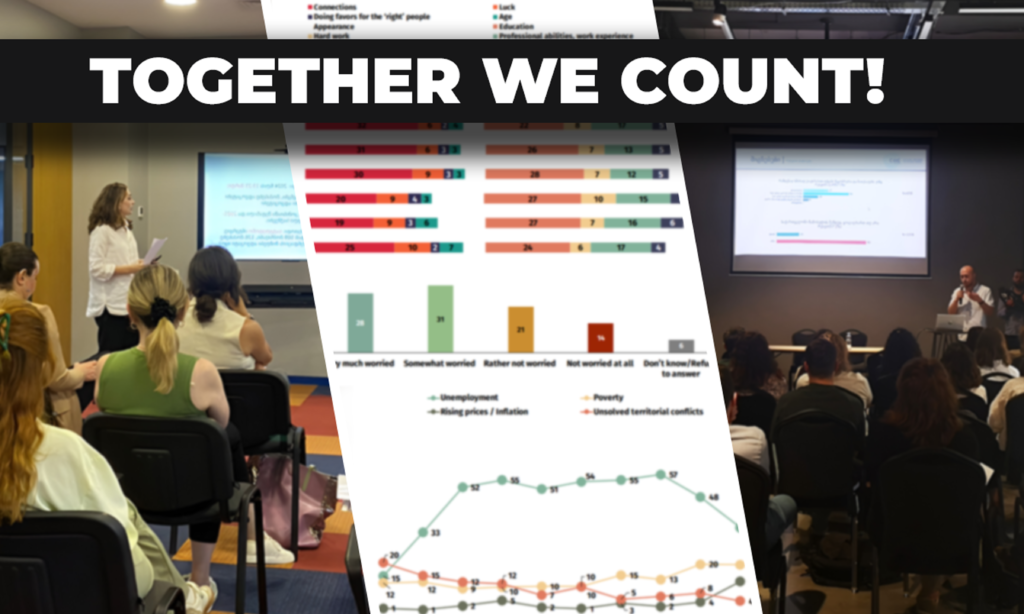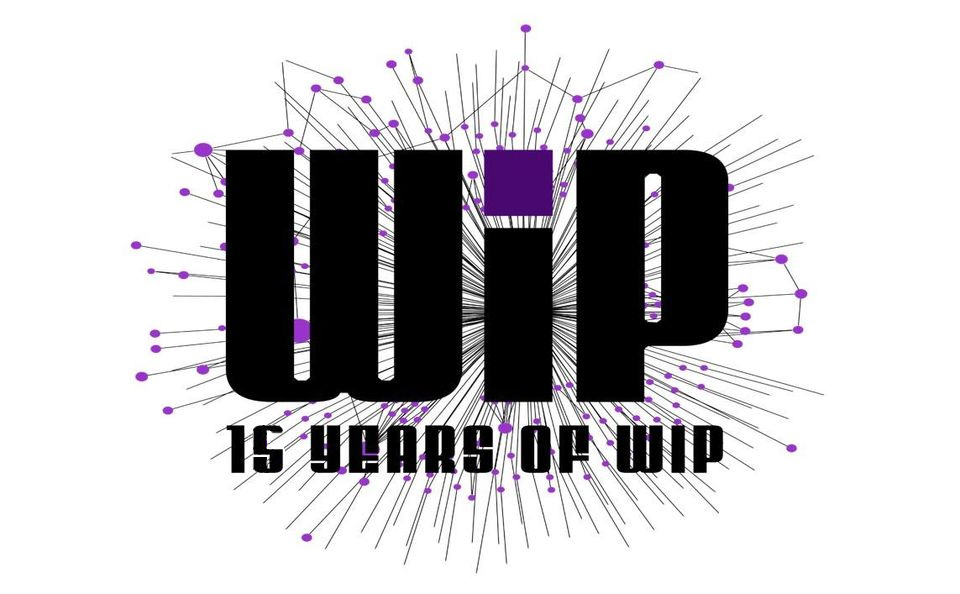Stereotypes are an inseparable part of every society, and present in many parts of everyday life. Georgian society is no exception in this regard. For example, some professions like teaching are stereotypically thought of as “women’s professions” while others like being a soldier are considered “men’s professions”. The media is considered one of the strongest means through which stereotypes are strengthened or broken. In Georgia, TV is the most important media, given that according to CRRC/NDI data, 73% of the population of the country name television as their primary source of the information. In order to understand the dynamics around gender-based stereotypes on TV, CRRC-Georgia monitored the main evening news releases and political talk shows broadcast during prime time (from 18:00 to 00:00) on five national and three regional channels from September 11 to November 12, 2017 (Channel One of the Public Broadcaster, Adjara, Rustavi 2, Imedi, Maestro, Trialeti, Gurjaani, Odishi) with the support of the UN Joint Program for Gender Equality with support from UNDP Georgia and the Swedish government.
The monitoring suggests that gender related stereotypes and gender equality issues in the media matter. While there were cases when journalists tried to break gender stereotypes through covering stories of successful women in spheres that are not generally associated with women, the results show that journalists often lack gender sensitivity.
The main findings of the monitoring include:
-
- Some topics are almost always associated with either women or men. Stories about education (schools, kindergartens), culture, healthcare and the environment mostly include female interlocutors. Schools and kindergartens are almost exclusively reported as women’s topics, which strengthens the stereotype that childcare is women’s more than men’s business. On the other hand, topics related to the military, foreign policy, transport, and sports are mostly covered with male respondents;
-
- As for the political talk shows the number of male guests was far greater than the number of female guests;
-
- One of the main goals of the monitoring was to identify stories which strengthened or weakened gender stereotypes. Stories that fostered gender stereotypes far exceed coverage that challenged them;
-
- Language on television is not always gender neutral. Phrases such as ‘representatives of the weaker sex’ and ‘the beautiful sex’ where used on a variety of TV channels, while men were referred to as ‘the stronger sex’. Professions were also sometimes differentiated as either “men’s” or “women’s” jobs. These expressions feed inequality between men and women. However, these terms were used infrequently, and more commonly used by guests than journalists.
-
- There are objective reasons why journalists cannot maintain gender balance in their news items or talk shows. For example, there are fewer women in leading positions in politics. This reality makes it more difficult for media to weaken stereotypes. Therefore, the audience mainly watches how men make decisions and are involved in political debates, which strengthens stereotypes about women’s roles in the society.
The media monitoring shows that gender inequality and stereotypes require more attention. To try to break stereotypes, the media and journalists should become more sensitive to the issue. At the same time, the underlying inequalities in society should also be addressed in order to enable the media to challenge stereotypes.
The full report on the gender-based media monitoring in the pre-election period is available here.






